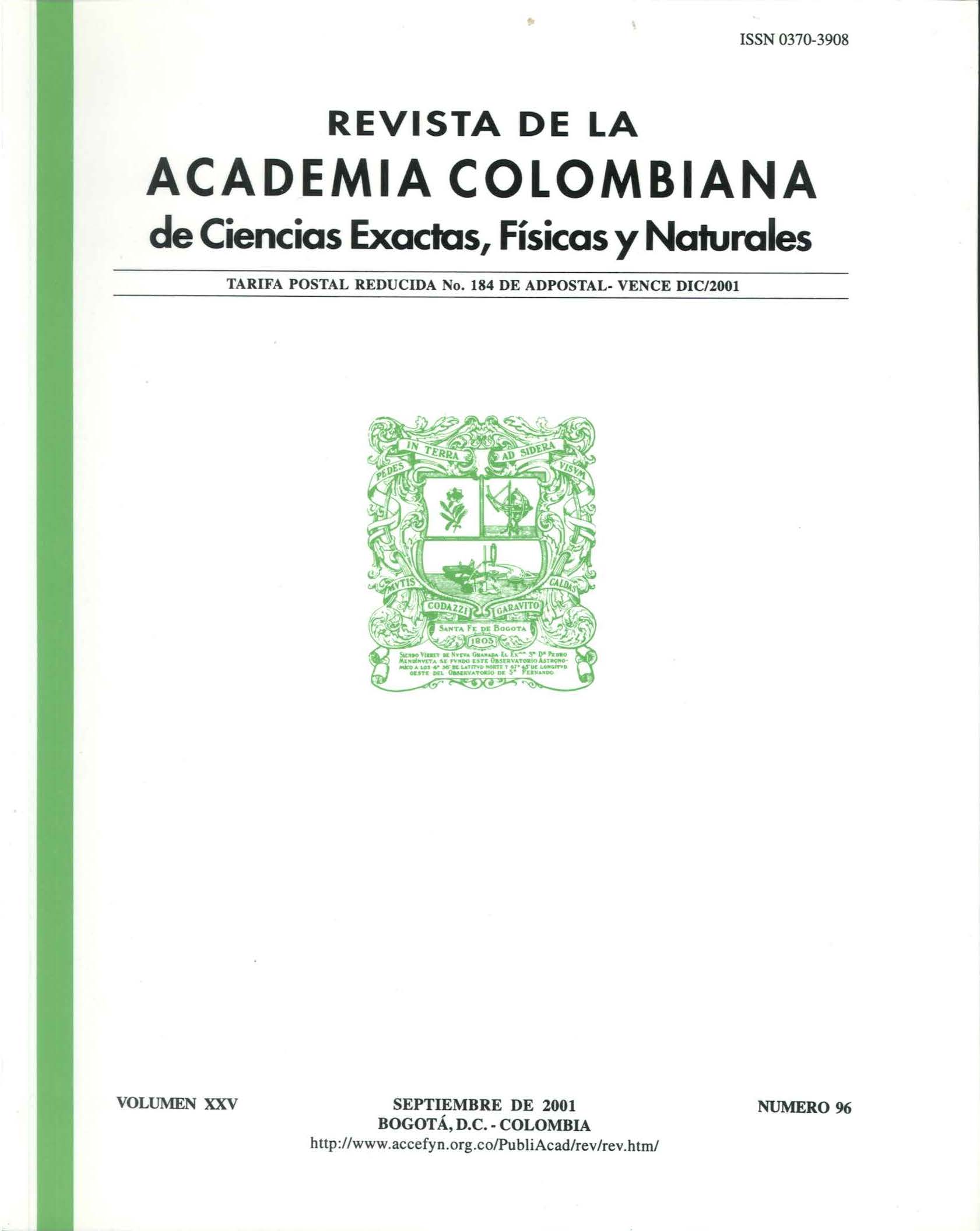Abstract
In the vicinity of Leticia, Sphaenorhynchus carneus, S. dorisae, and S. lacteus occur microsympatrically in permanent forest ponds of tierra firme as well as varzea, forming part of a complex community comprising about ten species. Their larvae are nektonic and are found associated with floating vegetation. The larvae are characterized by having multiple rows of large labial papillae (except S. dorisae) and a median anal tube, as well as distinctive coloration (green with red markings) in life. Sphaenorhynchus dorisae has a buccal structure similar to what has been called a "labial arm" in Scarthyla goinorum or the Scinax of the rostrata species group. Sphaenorhynchus carneus has a single row of denticles anterior to the beak whereas the other two species have two rows. New data about the biology of these three species are presented.
References
Alüg, R. & R. W. McDiamúd. 1999. Diversity, familial and generic characterizations, pp. 295-337. En McDiarmid, R. W. & R. Altig (eds.) Tadpoles: The Biology of Anuran Larvae. University of Chicago Press, Chicago, IL.
AIIIR, IL, R. W. McDJarmid. IC. A. Niclol, & P. A. Utacb. 1998. A key to the anuran tadpoles of the United States and Canada. Contemporary Herpetology Information Series 2: 1-53.
Ardilla-Robayo, M. C. & P. M. Rivera-Correa. 1997. Herpetología (Anfibios/Reptiles), pp. 255-164. En Zonificación Ambiental para el Plan Modelo Colombo-Brasilero (Eje Apaporis-Tabatinga: PAT). Instituto Geográfico Agustín Codazzi, Bogotá.
Crump, M. 1974. Reproductive strategies in a tropical anuran community. University of Kansas, Museum of Natural History, Miscellaneous Publication 61: 1-68.
Duellman, W. E. 1978. The biology of an equatorial herpetofauna in Amazonian Ecuador. Museum of Natural History, University of Kansas, Miscellaneous Publication 65: 1-351.
Duellman, W. E. & M. L. Crump. 1974. Speciation in frogs of the Hyla palmeri group in the upper Amazon Basin. Occasional Papers, Museum of Natural History, University of Kansas 23: 1-40.
Duellman, W. E. & H. O. De Sá. 1988. A new genus and species of South American bufonid frog with a highly modified tadpole. Tropical Zoology 1: 117-136.
Duellman, W. E. & J. R. Mendelson III. 1995. Amphibians and reptiles from northern Departamento Loreto, Peru: taxonomy and biogeography. University of Kansas Science Bulletin 55: 329-376.
Gosner, K. L. 1960. A simplified table for staging anuran embryos and larvae with notes on identification. Herpetologica 16: 183-190.
Hero, J. M. 1990. An illustrated key to tadpoles occurring in the Central Amazon rainforest, Manaus, Amazonas, Brazil. Amazoniana 11: 201-262.
Hödl, W. 1977. Call differences and calling site segregation in anuran species from Central Amazonian floating meadows. Oecologia 28: 351-363.
Rodríguez, L. O. & W. E. Duellman. 1994. Guide to the frogs of the Iquitos Region, Amazonian Peru. University of Kansas, Natural History Museum, Special Publication 12: 1-80, pls. 1-12.

This work is licensed under a Creative Commons Attribution-NonCommercial-NoDerivatives 4.0 International License.





